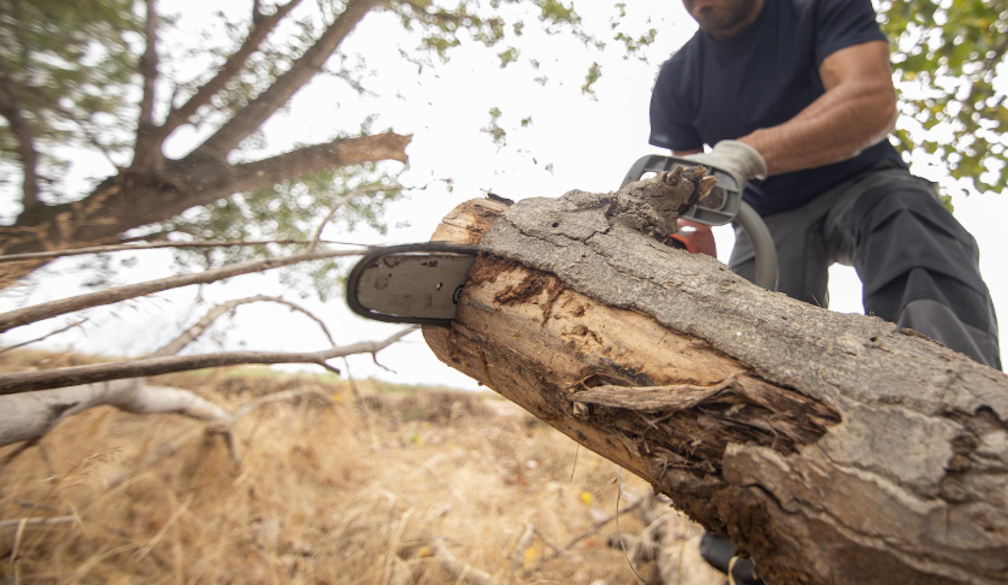Preserving Green Canopies: A Guide to Tree Removal and Tree Lopping in Central Coast

The Central Coast has a rich tapestry of trees that add to the region's natural attraction, thanks to its gorgeous scenery and plentiful foliage. However, there are times when tree removal in Central Coast and tree lopping in Central Coast must be carefully considered. This thorough handbook seeks to give deep insights into tree removal and tree lopping methods, highlighting their relevance, procedures, and the value of responsible arboriculture.
Understanding Tree Removal in Central Coast:
Trees are essential components of the Central Coast's ecosystems, providing several advantages like oxygen generation, wildlife habitat, and aesthetic appeal. However, there may be times when tree removal is judged necessary. This might include illness, damage, or the tree providing a safety danger to neighboring structures and people.
Professional arborists that specialize in tree removal in Central Coast are essential in this procedure. Their knowledge guarantees a thorough examination of the tree's health, structural integrity, and any hazards. They also understand local legislation and obtain required licenses, encouraging a responsible and legally compliant approach to tree removal.
To minimize environmental damage, modern technology and precise preparation are used during the disposal procedure. Arborists put safety first, employing procedures like precise cutting and controlled disassembly. Aside from removal, ethical disposal options, such as recycling wood for diverse purposes, help to ensure the long-term viability of the Central Coast's green places.
The Process of Tree Lopping in Central Coast:
Tree lopping is not the same as tree removal and serves a distinct function. It entails strategically trimming a tree's branches and leaves. By eliminating certain limbs, this method can boost tree health, improve aesthetics, and reduce safety issues.
Certified arborists that specialize in tree lopping in Central Coast evaluate the tree's condition and modify lopping procedures accordingly. Tree lopping done correctly may encourage new growth, enhance the general structure of the tree, and minimize possible problems created by overgrown or weak branches.
Balancing Preservation and Urban Development:
Finding a balance between preservation and growth is critical as the Central Coast continues to grow. Local communities are urged to keep up to date on the importance of good arboriculture methods. This understanding ensures that decisions about tree removal and lopping are consistent with the environmental goals of the region.
Community Involvement and Education:
Educational programs on the Central Coast attempt to increase community awareness of the importance of trees to the region. Workshops and programs explain the advantages of appropriate tree care and how each citizen may help to preserve the local green canopy.
Conclusion: Nurturing Central Coast's Arboricultural Legacy:
Finally, the thorough study of tree removal in Central Coast and tree lopping in Central Coast demonstrates the region's dedication to maintaining its natural heritage. Professional arborists, community participation, and environmentally responsible methods are critical to preserving the delicate balance between urban growth and environmental protection. Central Coast guarantees that its green canopies persist for future generations by recognizing the subtleties of these methods.

















